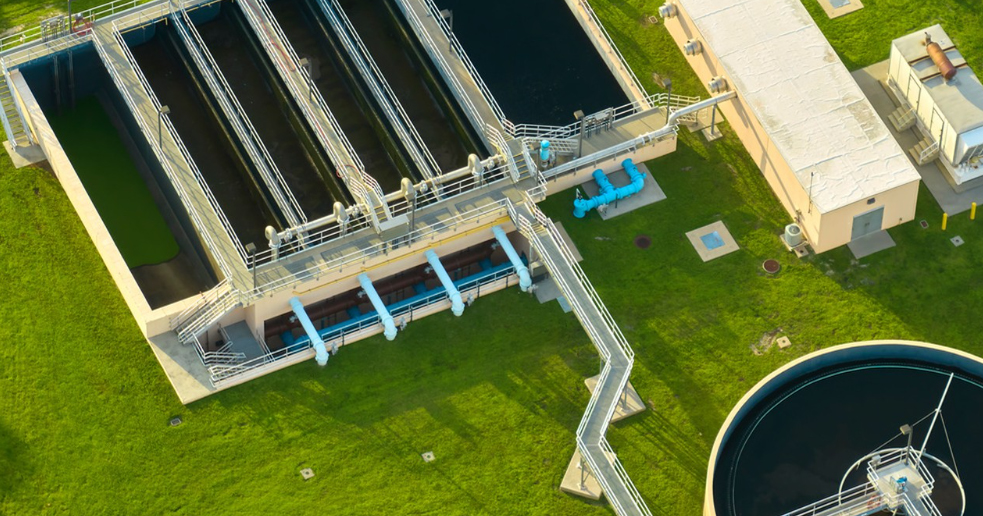In the machining industry, a large amount of wastewater is generated during the production process. The machining wastewater mainly comes from processes such as metal cutting, grinding, and cleaning. Among them, cutting fluids, emulsified oils, etc. are mixed with water during the machining process to form stable emulsified wastewater. These emulsified wastewater has a complex composition, containing a large amount of oils and fats, surfactants, metal ions, and microorganisms, etc. The oils and fats in the emulsion are uniformly dispersed in water in the form of tiny oil droplets, and the surfactants are adsorbed on the surface of the oil droplets to form a stable protective film, preventing the oil droplets from aggregating and coalescing with each other, making the wastewater present a stable emulsified state.
If the emulsified wastewater from machining is directly discharged without effective treatment, it will cause serious pollution to the environment. The oils and fats in the wastewater will form an oil film on the surface of the water body, hindering the entry of oxygen into the water body, resulting in a decrease in the dissolved oxygen content in the water, and affecting the survival and reproduction of aquatic organisms. At the same time, substances such as surfactants in the wastewater will also damage the aquatic ecosystem and may also have a negative impact on the soil structure and the growth of crops.

The demulsifier for machining wastewater is the key to solving this problem. Electrolyte demulsifiers, such as calcium chloride, magnesium chloride, etc., the cations ionized by them in the wastewater can compress the double electric layer of the emulsion particles, reduce the repulsive force between the particles, and promote the emulsion particles to collide and agglomerate with each other, thus achieving demulsification. For example, calcium ions interact with the negative charges on the surface of the emulsion particles, destroying the stability of the emulsion.
Surfactant demulsifiers change the properties of the surface of the emulsion particles by competing for adsorption with the surfactants in the wastewater, making them lose stability and causing demulsification. Some surfactants with opposite charges can neutralize the charges on the surface of the emulsion particles, leading to the aggregation and sedimentation of the particles.
The use of demulsifiers for machining wastewater has significant advantages. It can efficiently destroy the emulsified structure of machining wastewater, realize the separation of oil and water in the wastewater, and facilitate further subsequent treatment.












